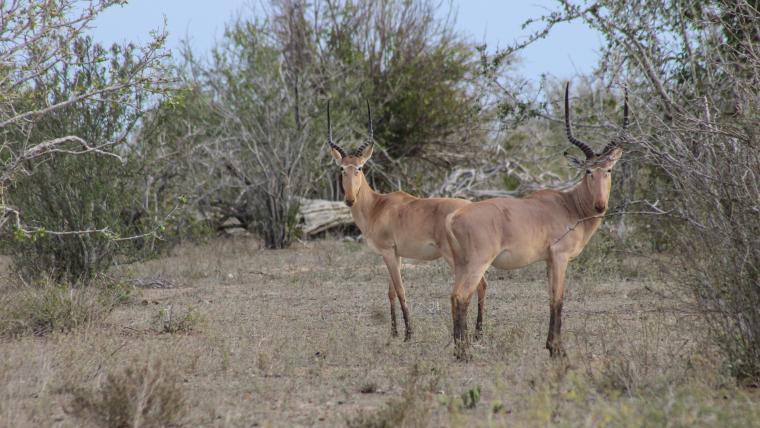
In this volatile region, locals are protecting the peace of the 500 hirola that remain
Abdullahi Ali was a high school student when he visited the Maasai Mara, a journey that would shape the rest of his life. “From that moment, I wanted to do something about conservation and I had to start at home,” he says. Today, Ali is the leading expert on the world’s most endangered antelope. Along the Kenya-Somali border live the last hirola. In Garissa, where Ali was born and is currently based, fewer than 500 remain. The region is known for security threats and violent attacks. It’s also extremely arid compared to the rest of Kenya, making tourism and the support it usually brings non-existent. Despite these challenges, Ali is transforming indigenous conservation to safeguard the rare species.
“I started the Hirola Conservation Program to provide homegrown solutions to spearhead the recovery of the hirola antelope,” he explains. Efforts by locals are crucial, as 70% of Kenya’s wildlife populations reside outside protected areas. The hirola are primarily threatened by habitat degradation. Living in grassland, their ecosystem has experienced increased tree encroachment partly due to a decline in foraging elephants as a result of poaching. Hirola are also forced to compete with livestock for limited food resources, and are at further risk of predation.
To combat the poaching of elephants, hirola, and other species in the area, the Hirola Conservation Program employs locals as scouts. They also implement systems to prevent livestock from overgrazing, and collaborate with pastoralists in the region, upskilling them to monitor hirola populations. Restoring grassland habitat and improving livelihoods, Ali is turning the tide for the hirola. “Many people were doubting that we could actually pull this together,” Ali says. Yet against the odds, he has persevered. In 2020, he received the Whitley Award in recognition of his work across nearly 7 000 square kilometres of land. “The fact that conservation is gradually falling into the hands of the local community is worth appreciating,” Ali says. “It has changed from a government process to a participatory grassroots process.” While the hirola is said to bring good luck, it’s now indigenous communities who are ensuring prosperity for this species.
Footage by the Hirola Conservation Program was used in the making of this film.


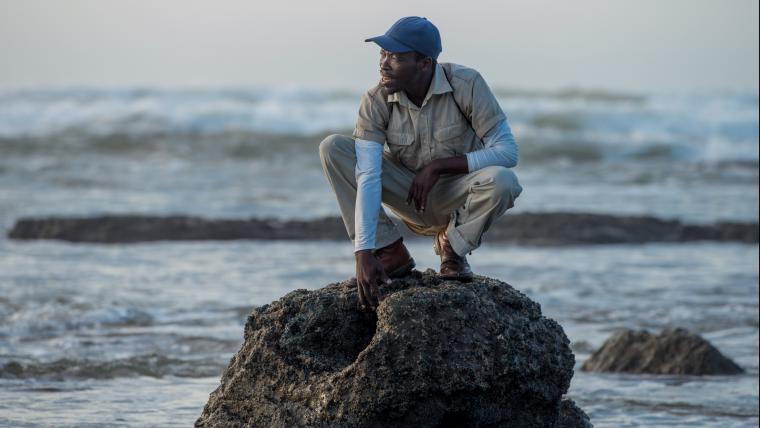



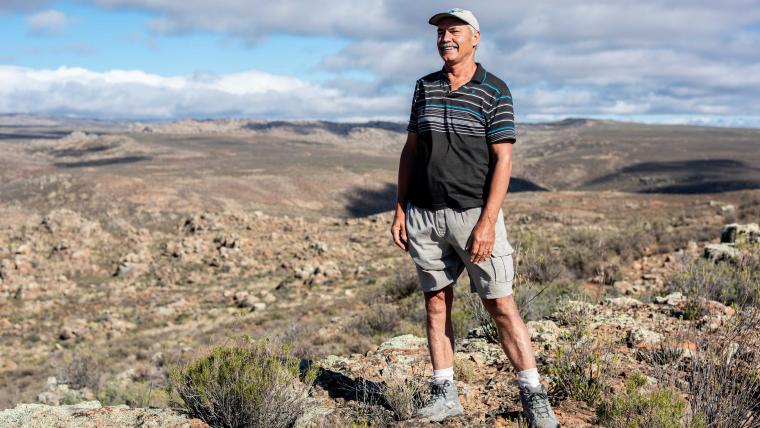

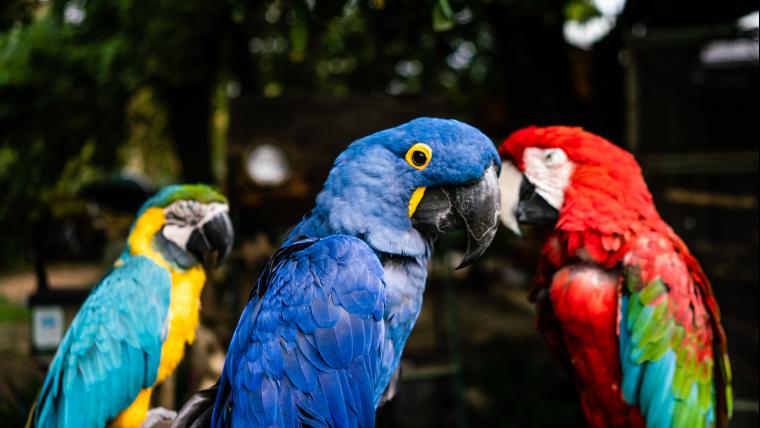
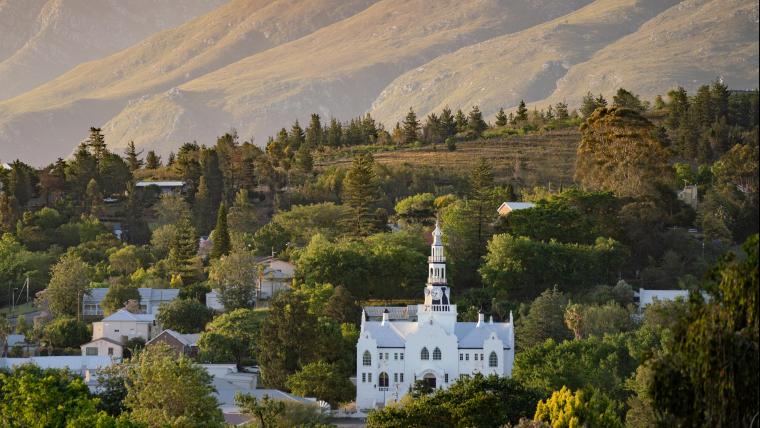




















Please sign in to leave a comment